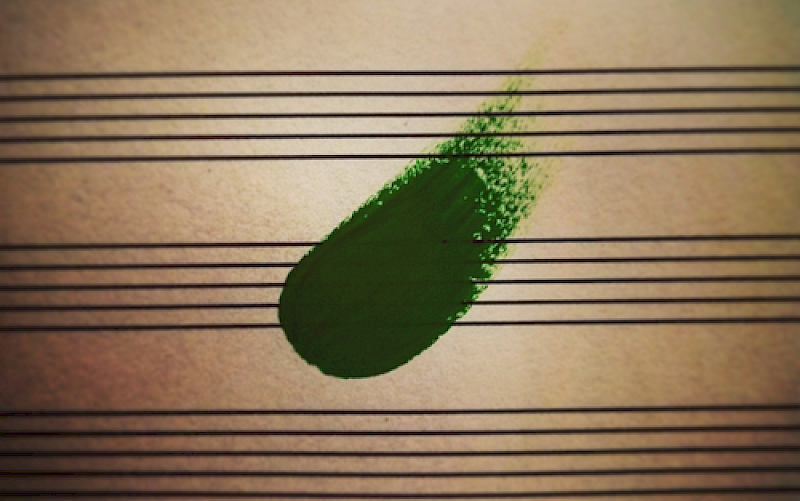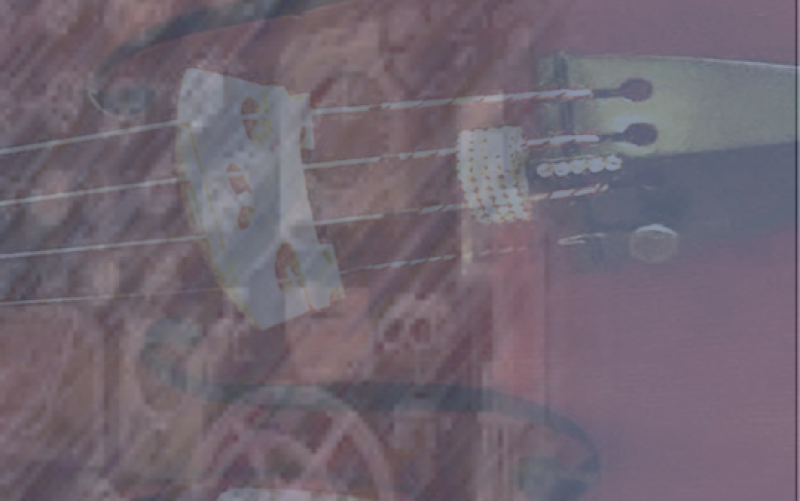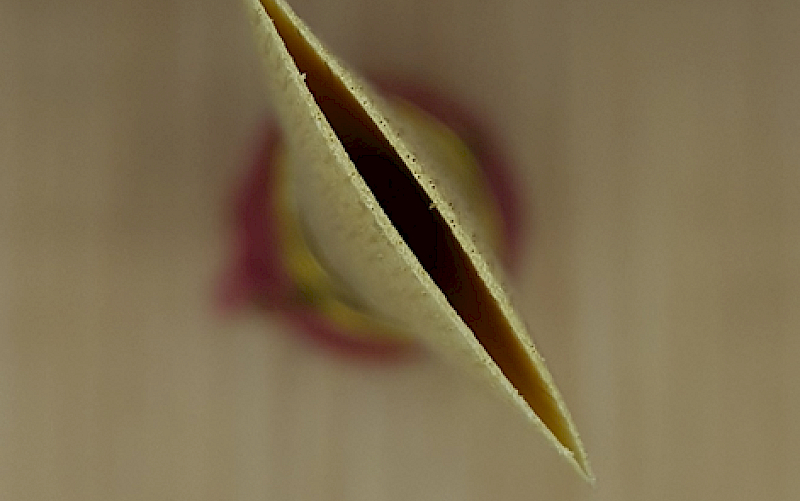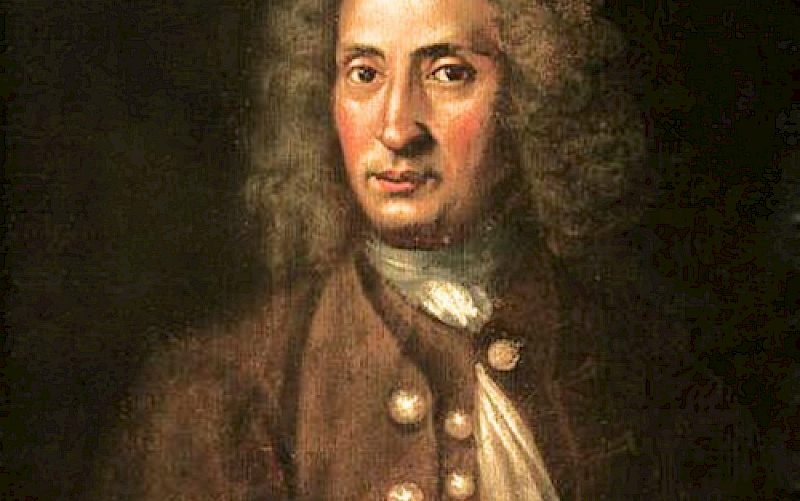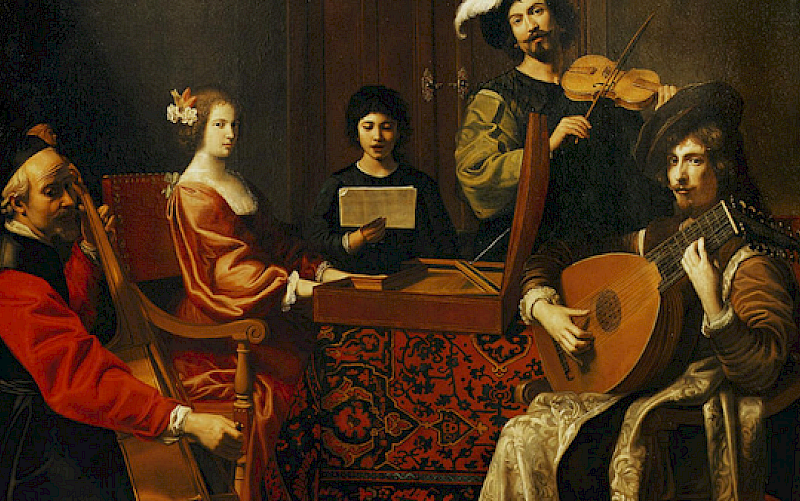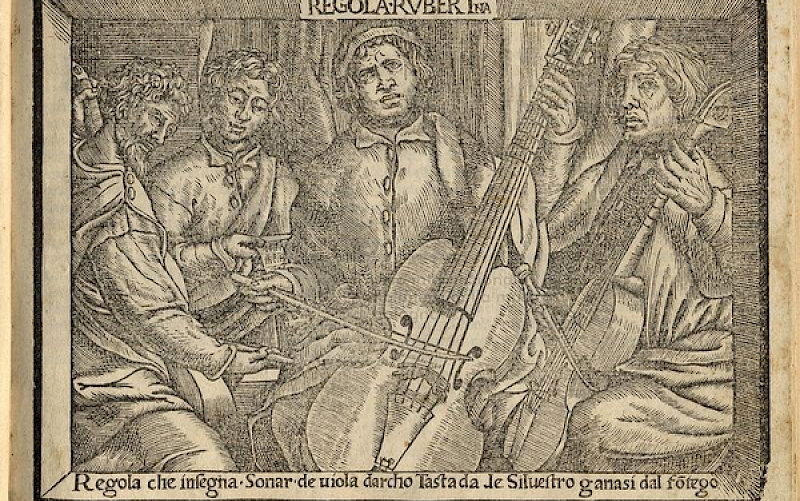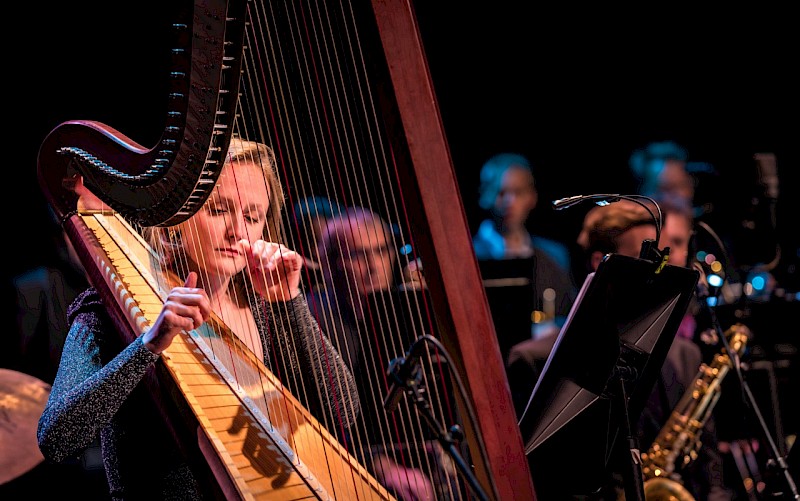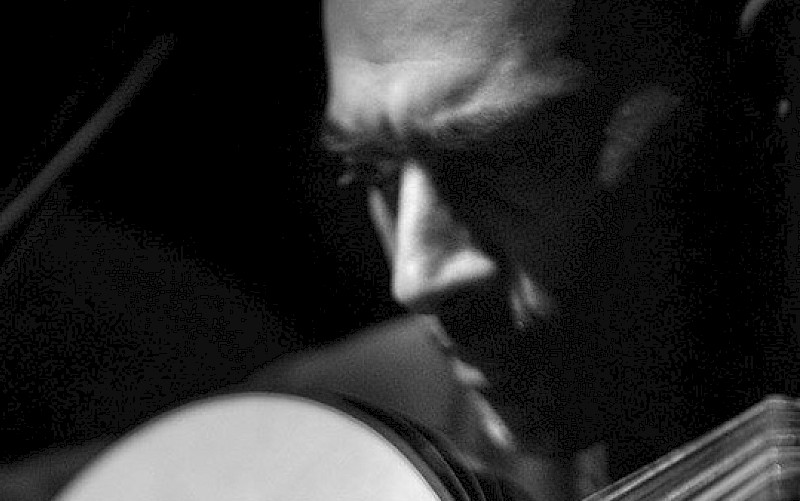
‘What are the most effective collaborative strategies to seamlessly integrate instrumental music and theatre in family performances?’
The aim of this research is to elaborate on the most effective collaborative strategies for seamlessly integrating instrumental music and theatre into family performances. To create context and background, this research addresses the anticipated role and dynamic evolution of instrumental music in theatre. The theoretical framework consists out of the ‘issue of narrativity’ (Meelberg, 2008c) which focusses on frame of reference influence, according to Robert Zatorre (2005), combined with insight from the models of collaboration: ‘het Kompas’ (Bremekamp et al., 2010), ‘the five dysfunctions of a team’ (Lencioni, 2002) and the ‘forming–storming–norming–performing model of group development’ (Tuckman, 1965). This research examines the methods of organizations such as Oorkaan and Het Houten, mapping the established frameworks for instrumental music and theatre. Throughout these theories the complex reality of collaborations within the characteristics of family performances (i.e. a linear progression with a cyclical feel) is systematically described and analyzed, resulting in a new conceptual model. The model was tested by conducting semi-structured interviews combined with field research. Findings were that the sharper the definition of the target group, the clearer the cooperation and the more distinctive the product. This outcome becomes a realistic goal when the direction and associated process is clear. Furthermore, the framework can be used as a tool for those wishing to enter the field of interdisciplinary collaboration between theatre and music, with a focus on family performances. It is relevant for graduates in order to achieve a successful collaboration. They need to overcome challenges at the start of their career due to lack of knowledge of each other’s discipline.
Author: Inge Mulder


